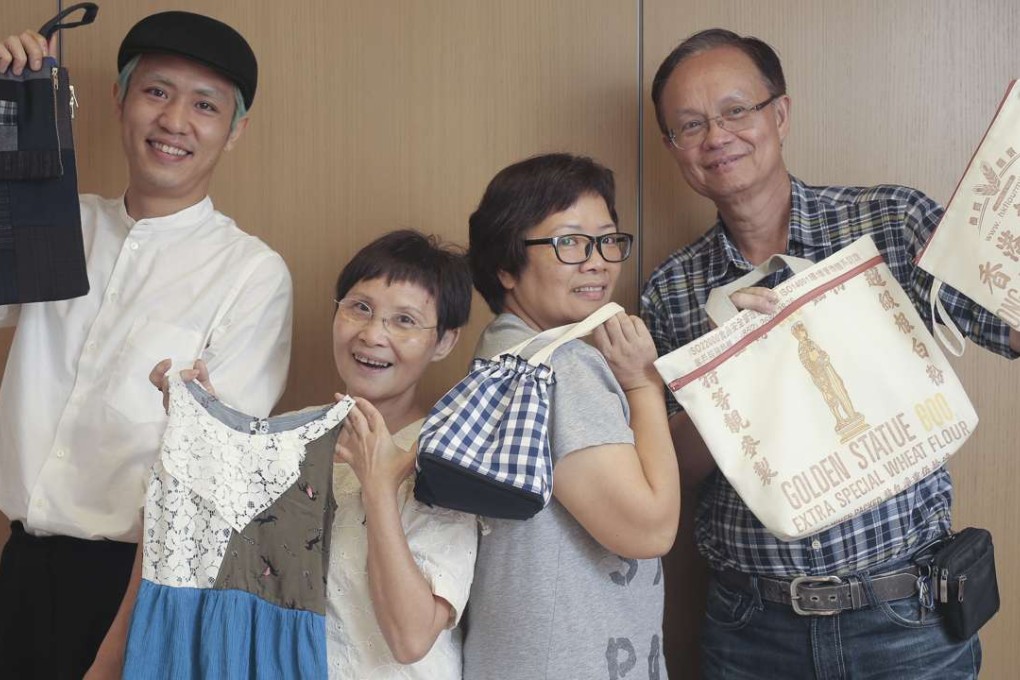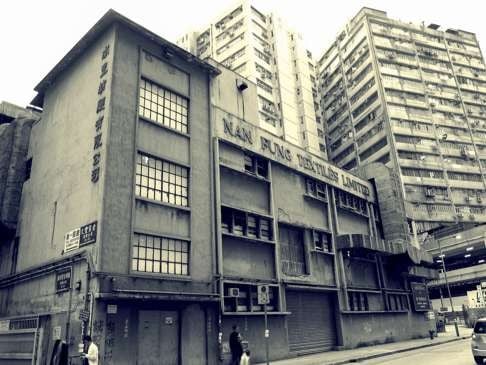Mill revamp is cue for Hong Kong textile workers to reminisce, and upcycle
Hong Kong had a thriving garment making industry from the 1950s to the ’80s before rising costs drove it across the border. A heritage project in an old Tsuen Wan cotton mill hopes to recall those glory days

In a meeting room in Hong Kong’s Central district, 67-year-old Yip Mee-yung is like a child, bubbling with excitement, ready to show off her latest sewing projects. One is a colourful, strappy sundress made from discarded clothes, and on her smartphone are pictures of a young girl modelling the dress.
“It has a red triangular patch on the front so that the dress doesn’t look so boring,” she says. “It’s so much fun making new clothes out of old ones, and it’s environmentally friendly.”
Yip is participating in an upcycling project organised by Mill6 Foundation, a non-profit arts and cultural institution run by property developer Nan Fung Group.

According to Mill6 Foundation director Angelika Li On-ki, the aim is to preserve the city’s textiles and garment making culture, and foster creativity and new textile arts. The space will also host exhibitions.
Through the project, Yip has met others who worked in Hong Kong’s garment industry during its boom time between the 1950s and 1980s, before production was moved across the border to southern China amid rising labour costs. When they get together, the veteran garment workers inevitably start reminiscing.